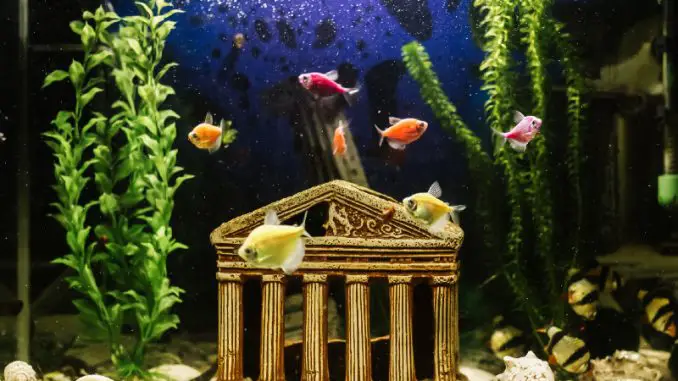
There are so many species of aquatic plants that choosing one can be as difficult as choosing which fish you want for an aquarium.
Temple Compacta is a more traditional-looking plant. It is a tall, brightly colored, fast-growing plant that fits well in the background of an aquarium.
It’s a hardy species too, which means that even new aquarists will be able to care for it with ease.
We will talk about everything you need to know about Temple Compacta care in this article, including their perfect environment, how to propagate them, and much more…
Overview
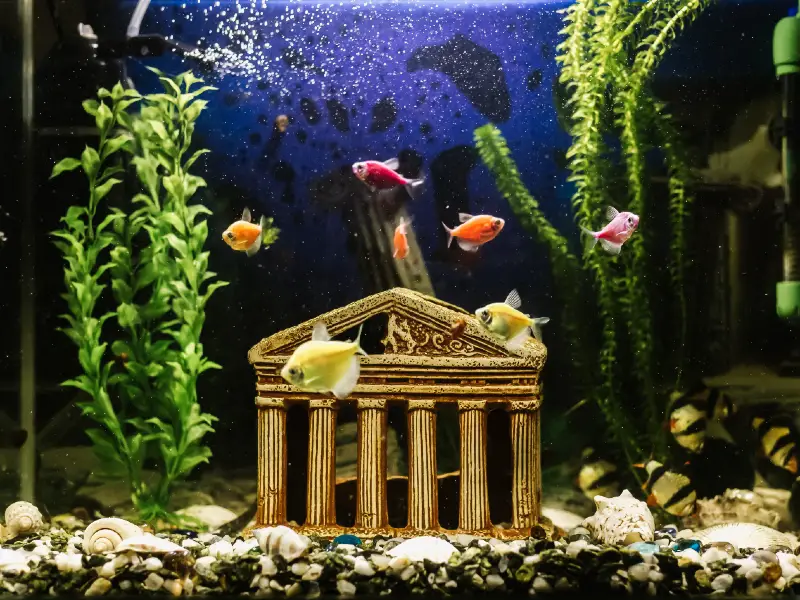
| Category | Rating |
| Care Level: | Easy |
| Lighting: | Medium |
| Color Form: | Green |
| Origin: | Southeast Asia |
| Height: | Up to 24 inches |
| Family: | Acanthaceae |
| Minimum Tank Size: | 10 gallons |
| Tank Set-Up: | Freshwater |
| Growth Rate: | Fast |
Temple Compacta (also known as Temple Plant, Starhorn, or Giant Hygro) is a freshwater aquatic plant from Southeast Asia. It is native to countries like Malaysia and Thailand.
Its scientific name is Hygrophila corymbosa and it is a member of the Acanthaceae (acanthus) family. This family contains over 3,000 species that are spread all around the world in all types of habitats.
Temple Compacta can grow in a wide range of habitats because it is a sturdy species that can tolerate many environmental conditions.
Beginners will appreciate this. Temple Compacta makes a great starter plant, it should be able to survive through small mistakes you might make.
It is a fast-growing plant though, so you might have to trim it down to size more regularly, taking up more of your time.
You can find this species in stores for about $5-$10. If you don’t want to spend too much, buy a small amount and then propagate it. This will require patience though.
Purchase the healthiest specimens you can. Avoid plants with faded colors or damage to their leaves/stems, as they may not survive being introduced to a new environment.
This species is a great option for an aquarium or paludarium. Temple Compacta has a vibrant color and it provides many services for your tank, such as providing shelter for fish or oxygenating the water.
Appearance
Temple Compacta is an elegant species. It doesn’t show off with lots of colors or fancy designs, it simply grows tall to display its strength and form.
It is a broad-leaf plant. The leaves are wide which intensifies their bright greens. Their stems are thick and much darker in color, often bronze.
Colors will begin to fade if the plant isn’t receiving everything it needs for photosynthesis.
If allowed to grow, Temple Compacta could reach a maximum height of 24 inches. This tall plant takes up even more space when you account for the leaves. You can trim the plant down to the size you want though.
It is best suited as a background plant where it can stretch up in the water without blocking your view. There are many other species you can use in the foreground or midground.
During propagation, this plant produces side shoots, which can make it appear bushier.
In the wild, Temple Compacta produces purple flowers when it grows above the water.
Habitat and Tank Conditions
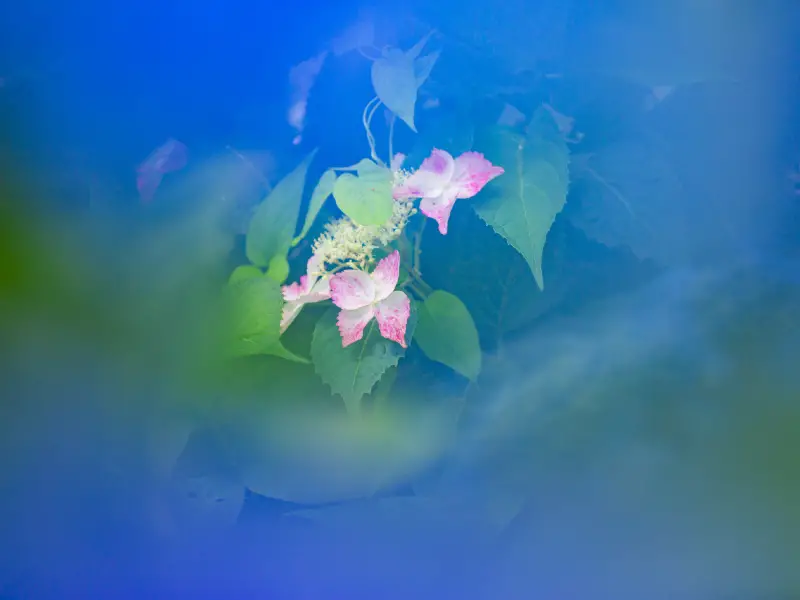
You would naturally find Temple Compacta in Southeast Asian areas like Malaysia, Singapore, and Thailand. It is now grown in other areas, like the USA, and is sold across the world in the aquarium trade.
It lives in a variety of habitats, but they tend to grow in the shallows of rivers and streams where there is a slight current.
The water would be warm and slightly acidic. They would have plenty of access to sunlight from above.
It can grow both above and under the surface of the water, making it a very versatile option for a paludarium.
Replicate their natural environment at home to keep them as healthy as possible. We will outline their preferred conditions below.
Tank Conditions
Anchor your Temple Compacta in a soft sandy substrate. The fine grains are less likely to damage the roots compared to gravel.
The water conditions are the only things that these plants are concerned about, so designing the rest of the tank comes down to personal preference, or to meet the needs of tank mates.
Use a heater to keep the temperature between 72°F and 84°F. The pH will need controlling to 6.0-7.5 too.
Medium lighting is needed to support photosynthesis. Standard aquarium lighting is suitable, just make sure there are no floating plants casting a shadow over your Temple Compacta.
A supplementary fertilizer is optional, it can help to speed up growth. Providing iron, potassium, and CO2 will help if your plants start to wilt.
What Size Aquarium does it need?
Though it grows quite large, you can keep Temple Compacta in smaller aquariums if you trim it down to the required size.
The smaller the tank, the more frequently you will have to do this, especially since this is a fast-growing species.
A tank smaller than 10-20 gallons could be unmanageable.
Care
Caring for Temple Compacta is easy. It’s a hardy species that doesn’t have any difficult preferences that you need to meet. This means it is tolerant to a range of conditions and it’s easy to design a suitable environment.
Focus on maintaining their environment by keeping the tank clean. Perform regular partial water changes and wipe away excess algae as it can cause problems for aquatic plants.
Use a water testing kit each week to check that the parameters of the water are correct. Changes in conditions could start a wilting process, regular testing means you can respond before this happens.
One issue to be aware of is ‘melting’. This is where a sudden change in conditions causes a plant to become frail and it may start shedding leaves.
This is most common when you first add the plant to your setup.
Remove the dead plant matter. New growth will be better adapted to the new conditions.
You will need to trim your Temple Compacta whenever it gets too big for your tank. Cut the tops of the stems or remove side shoots (you could replant these for propagation).
Be careful when disposing of cuttings, you don’t want to accidentally introduce the species to your local ecosystem. Bury, compost, or dissolve the cuttings in bleach.
In a healthy environment, nutrient supplements aren’t necessary. Fertilizers and CO2 injections can be useful to improve the health of a plant or speed up its growth, perhaps for propagation.
Tank Mates
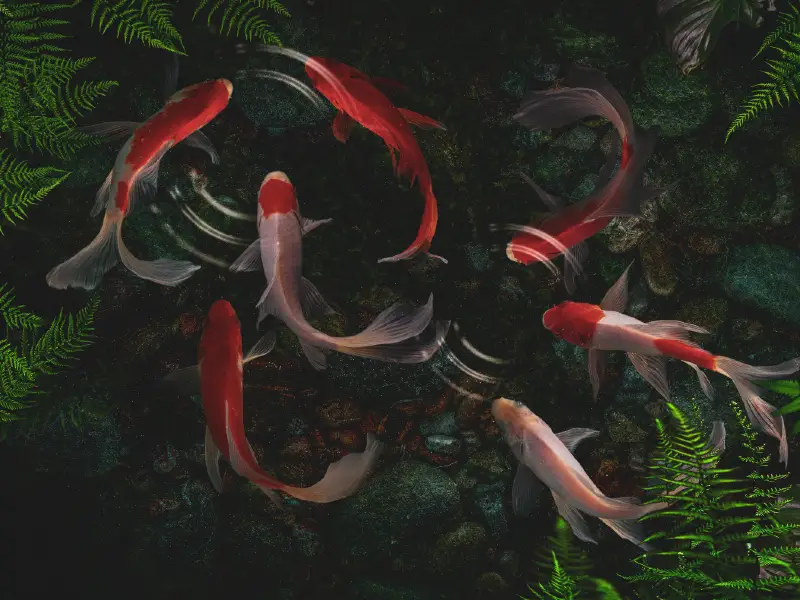
Temple Compacta works very well in a community aquarium. It can be paired with an array of different tank mates, but research any that you intend to add carefully, to ensure there won’t be compatibility problems.
The most obvious tank mate options are fish. Most species of fish are fine, but there are a couple of types to steer clear of.
Don’t add notorious plant-eaters. The broad leaves of Temple Compacts can be very inviting as a snack and could take damage.
Some species are just too aggressive/boisterous. For example, Oscars are infamous for uprooting plants and equipment in their surroundings.
Small invertebrates, like Ghost Shrimp or Mystery Snails, can be great tank mates too. Crayfish and freshwater crabs are too destructive towards live plants though.
You can plant Temple Compacta alongside other plant species too. They are popular choices for paludariums.
Propagation
Propagation is the way that plants reproduce to multiply and develop new stems. This can be done sexually and asexually.
The vast majority of the time, only the asexual method occurs in an aquarium. This is done via the development of side shoots.
Side shoots develop into new stems with roots and leaves, eventually detaching to form a new plant.
This isn’t the fastest process, but you can speed it up by cutting off the side shoots slightly early and replanting them. Wait until they have developed leaves for photosynthesis.
You can also replant cuttings you have taken from the top of the plant. The cuttings will need to be a few inches long and have leaves attached.
Propagating Temple Compacta is a good way to get lots of plants without paying more money, you just have to wait for them to grow.
Luckily, this is a fast-growing species, but nutrient supplements and CO2 injections can speed up growth rates even more.
Is Temple Compacta Suitable for Your Aquarium?
Perhaps the main selling point of Temple Compacta is its ease of care. It is a very tough species that anybody will be able to look after without an issue.
Its broad tolerance to environmental conditions means it can be kept in many different types of setups.
It fits well into a community aquarium, it’s easy to propagate, and let’s not forget that it’s an attractive plant with broad, bright green leaves.
Temple Compacta is an excellent choice for anyone who wants to add plant life to their aquarium (or paludarium) without having to worry much about it.
Why do you like Temple Compacta? Let us know in the comments below…

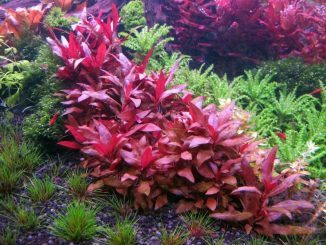
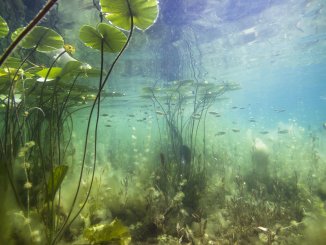
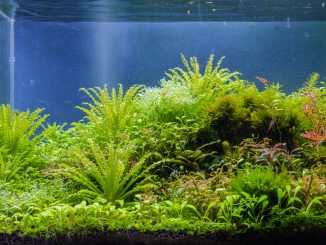

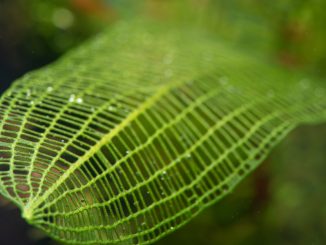
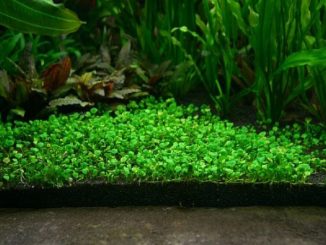

Be the first to comment